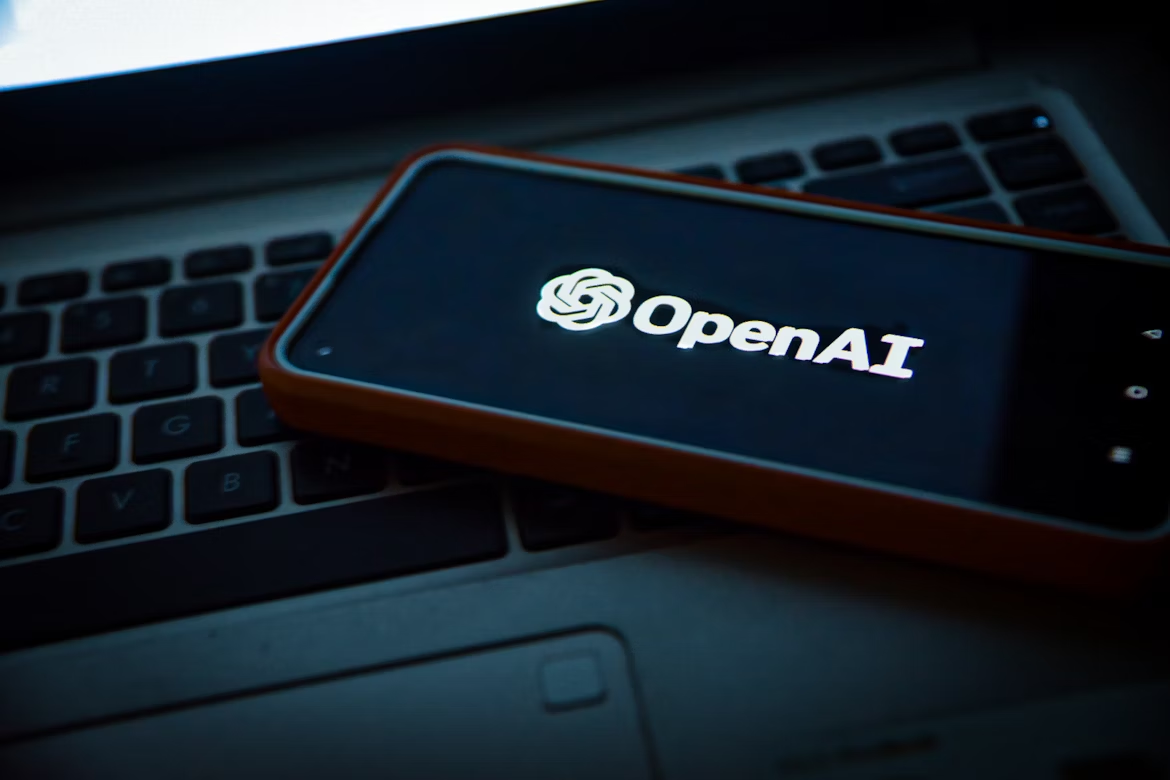
Well, well, well, it only took OpenAI five years since GPT-2 and a Chinese upstart eating their lunch to remember that the "Open" in their name wasn't just for show. Yesterday, the San Francisco-based company released gpt-oss-120b and gpt-oss-20b, their first open-weight language models since 2019, complete with Apache 2.0 licensing and all the fanfare of a company suddenly discovering the virtues of transparency. These models, trained using techniques from OpenAI's most advanced systems, including o3, offer impressive performance, with gpt-oss-120b matching o4-mini on reasoning benchmarks while running on a single 80GB GPU, and the smaller gpt-oss-20b can operate on just 16GB of memory. Both models support chain-of-thought reasoning, tool use, and structured outputs, placing them as serious contenders instead of a second thought in the increasingly crowded open-source AI landscape.
The timing of this release is seen as random, even considering competition like DeepSeek's R1 model that launched in January 2025 as an open-source model with a mere $5.6 million training cost. The Chinese company's initial breakthrough fundamentally challenged the assumption that building competitive AI models required hundreds of millions in training costs, forcing established players to reconsider their closed-garden strategies and venture capitalists to reevaluate the value of their investments into this new industry. OpenAI's gpt-oss models might just be a strategic pivot, not quite the full openness that purists might demand (architecture details and training methodologies remain proprietary), but enough transparency to provide developers with customisable, locally deployable alternatives to their API-only solutions. The company has even gone so far as to conduct adversarial fine-tuning tests and launch a $500,000 red-teaming challenge, a commitment to open model safety standards.
OpenAI's move might be the beginning of a fundamental shift in AI industry dynamics that will accelerate competitive fragmentation while simultaneously raising the innovation floor across all players. The company faces a classic prisoner's dilemma: maintaining closed systems preserves their current revenue streams but risks being outflanked by more open competitors, while releasing capable open models cannibalises their API business but maintains their position in the broader ecosystem. Going forward, we can expect a bifurcated market where OpenAI doubles down on multimodal, tool-integrated premium services through their API while simultaneously engaging in an open-source arms race to prevent competitors from capturing the customisation and on-premises deployment markets. The ultimate winners will be developers and enterprises who gain access to increasingly powerful tools at lower costs.
Source: Fortune, OpenAI
Photos: Unsplash
